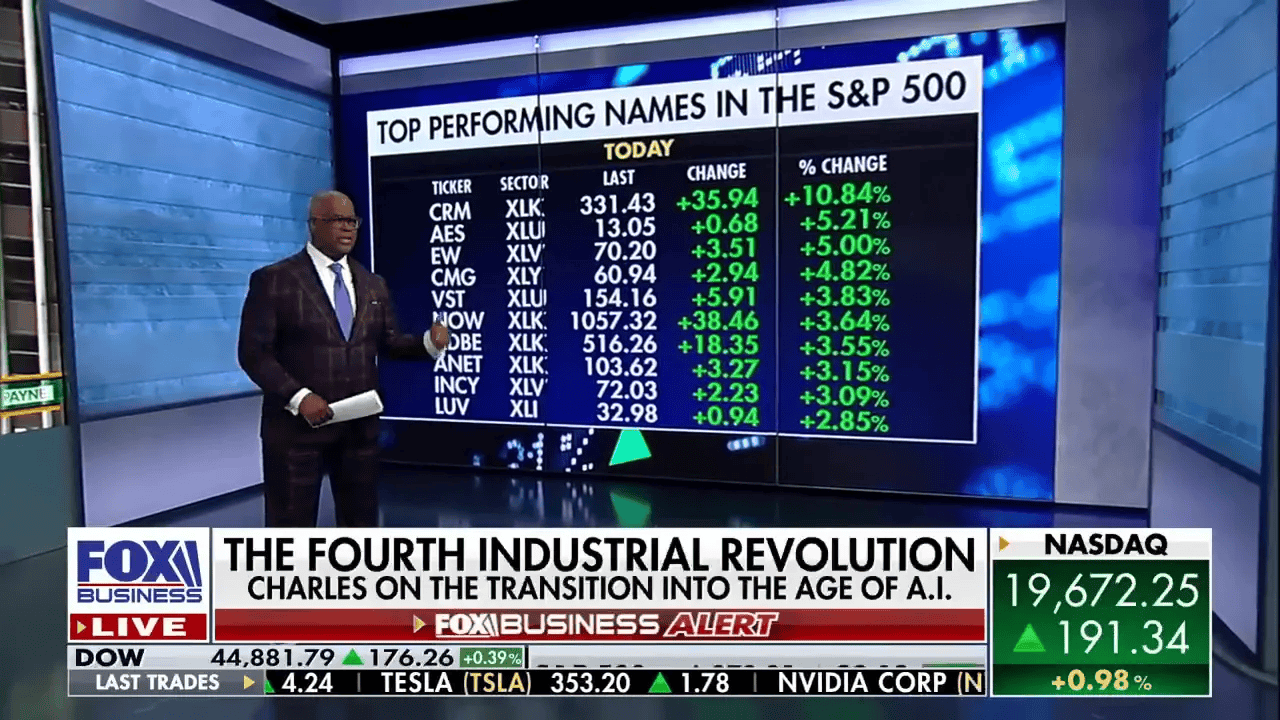In recent weeks, XRP has garnered significant attention, raising questions about its potential as a leading cryptocurrency. This blog dives deep into XRP’s history, its market dynamics, and what the future holds for this digital asset.
Table of Contents
- Introduction to XRP
- The Birth of XRP
- From Ripple to XRP: A Rebranding Journey
- XRP’s Consensus Mechanism Explained
- The Shift from Institutional to Retail Focus
- Future Developments: EVM Sidechain and More
- Challenges Ahead for XRP
- XRP’s Market Dynamics
- The Importance of Decentralization
- XRP’s Role as a Bridge Currency
- XRP and the Rise of DeFi
- XRP’s Price Predictions
- Conclusion: Is XRP the Next Reserve Currency?
- FAQ: Common Questions About XRP
Introduction to XRP
XRP is a digital asset that has positioned itself as a leading cryptocurrency, often touted for its potential to revolutionize cross-border payments. Unlike many cryptocurrencies that operate on a decentralized model, XRP aims to facilitate swift transactions between financial institutions, making it a bridge currency in the world of finance.
Its design allows for near-instant transactions, which is a significant advantage in the fast-paced world of global finance. As a result, XRP has attracted considerable attention from both institutional and retail investors alike.
The Birth of XRP
XRP was founded in 2012 by a team of software engineers: Arthur Britto, David Schwarz, and Jed McCaleb. Initially, it was known as Ripple, and its primary goal was to create a more efficient payment system. The launch of the XRP Ledger marked a significant milestone, enabling real-time transactions across borders.
In 2013, a fourth co-founder, Chris Larson, joined the team, and the company was rebranded from OpenCoin to Ripple. This rebranding created some confusion as both the digital asset and the company shared the same name, leading many to conflate the two.
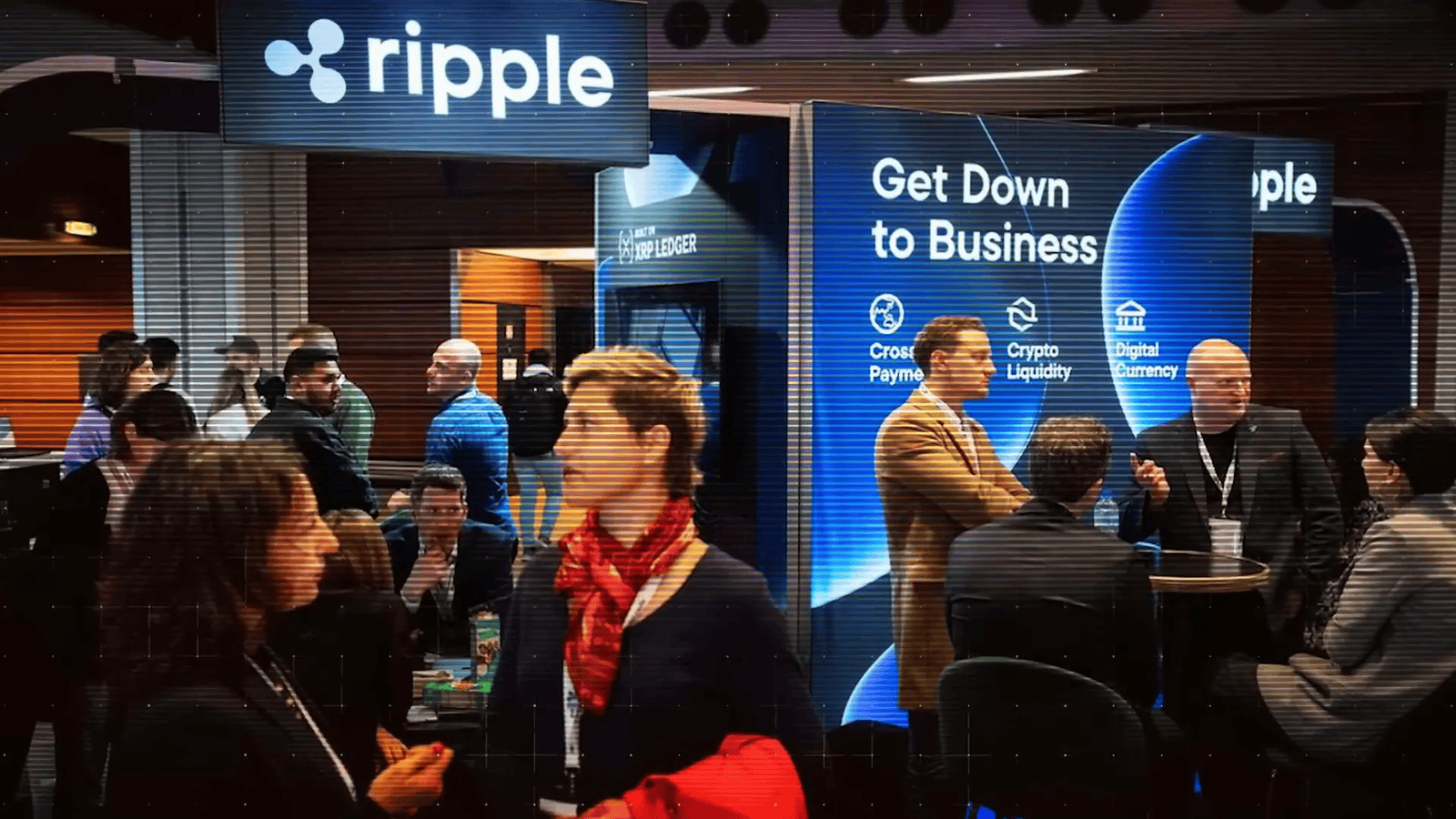
From Ripple to XRP: A Rebranding Journey
In 2018, to clarify the distinction between the company and the cryptocurrency, Ripple the cryptocurrency was officially rebranded to XRP. This change was crucial in navigating regulatory scrutiny and public perception, allowing XRP to be recognized as a separate entity from Ripple the company.
The rebranding was not merely cosmetic; it aimed to alleviate concerns that XRP was a security tied to the company’s fortunes. By establishing itself as a standalone digital asset, XRP sought to appeal to a broader audience, including retail investors.
XRP’s Consensus Mechanism Explained
XRP operates on a unique consensus mechanism, which processes transactions in the order they are received. This mechanism allows XRP to achieve remarkable speeds, processing up to 1,500 transactions per second with a finality of just 3 to 5 seconds.
Unlike traditional proof-of-work or proof-of-stake models, XRP’s consensus mechanism relies on a network of trusted validators. This relative centralization enables faster transaction times but has also drawn criticism from those who advocate for fully decentralized systems.
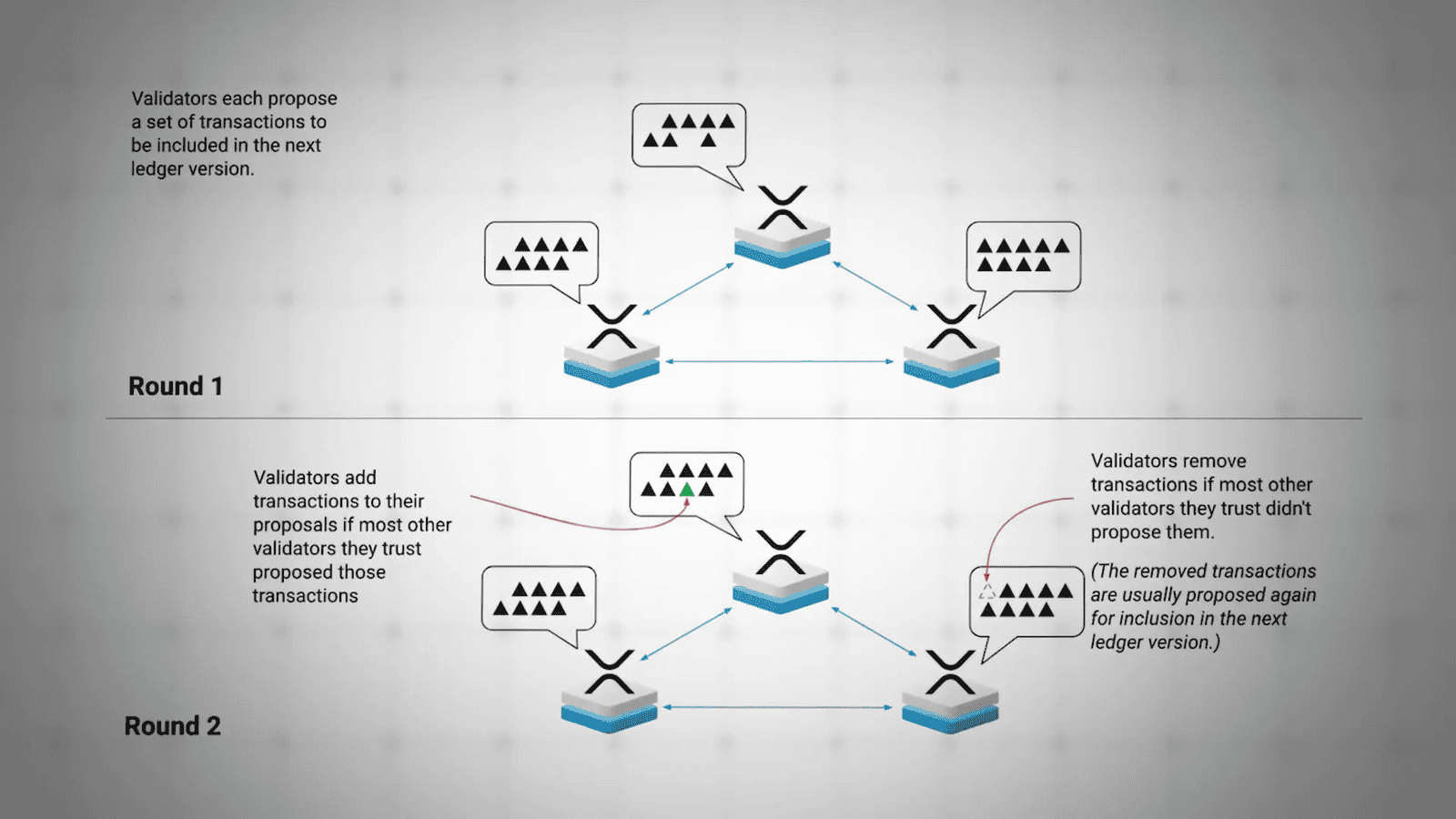
The Shift from Institutional to Retail Focus
Initially, XRP’s primary focus was on institutional adoption, catering to banks and financial institutions looking to streamline their payment processes. However, over the last few years, there has been a noticeable shift towards attracting retail investors.
This pivot has created some tension within the XRP community, as many early investors were drawn to the institutional aspects of XRP’s utility. The emergence of products like the Zamon wallet signifies this transition, aiming to provide retail users with a more accessible interface to interact with the XRP ecosystem.
As the cryptocurrency landscape evolves, XRP’s ability to adapt to the growing demand from retail investors will likely play a pivotal role in its future success. The introduction of features aimed at enhancing programmability and usability for everyday users reflects this strategic shift.
Furthermore, the anticipated launch of an EVM-compatible sidechain for XRP is set to enhance its functionality, allowing developers to create decentralized applications (dApps) on the XRP Ledger.
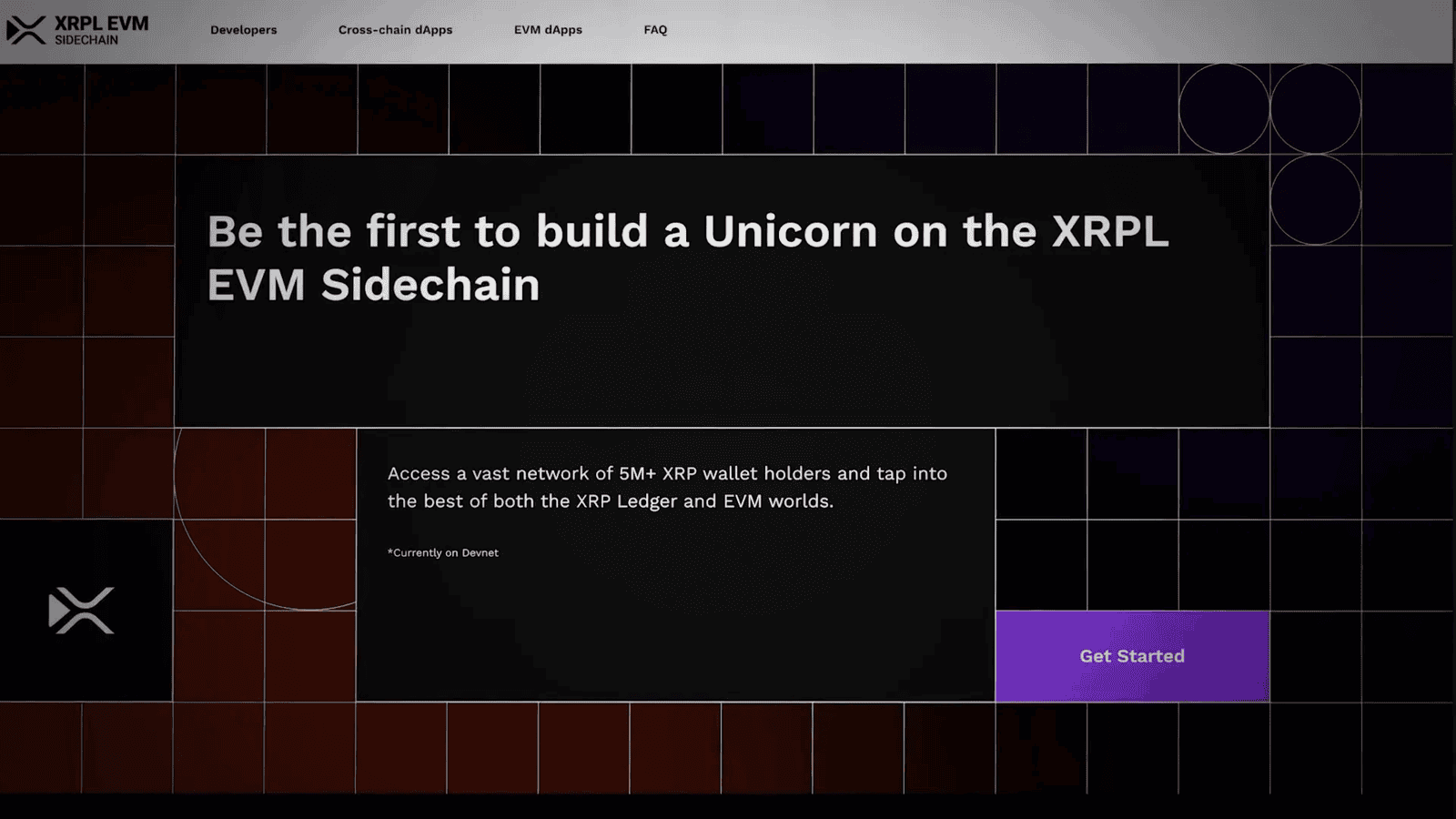
In conclusion, while XRP has faced challenges and changes, its ongoing evolution shows promise for both institutional and retail markets. As it navigates this complex landscape, the community’s response and engagement will be crucial in determining its trajectory in the years to come.
Future Developments: EVM Sidechain and More
The anticipated launch of the EVM-compatible sidechain for XRP is a significant milestone. Scheduled for 2025, this development will enable the creation of decentralized applications (dApps) on the XRP Ledger. This is a pivotal shift, allowing XRP to integrate more seamlessly with the Ethereum ecosystem.
By leveraging the EVM, developers familiar with Ethereum’s programming environment can create smart contracts on the XRP Ledger. This compatibility could potentially attract a new wave of developers and projects, enhancing the overall utility of XRP.
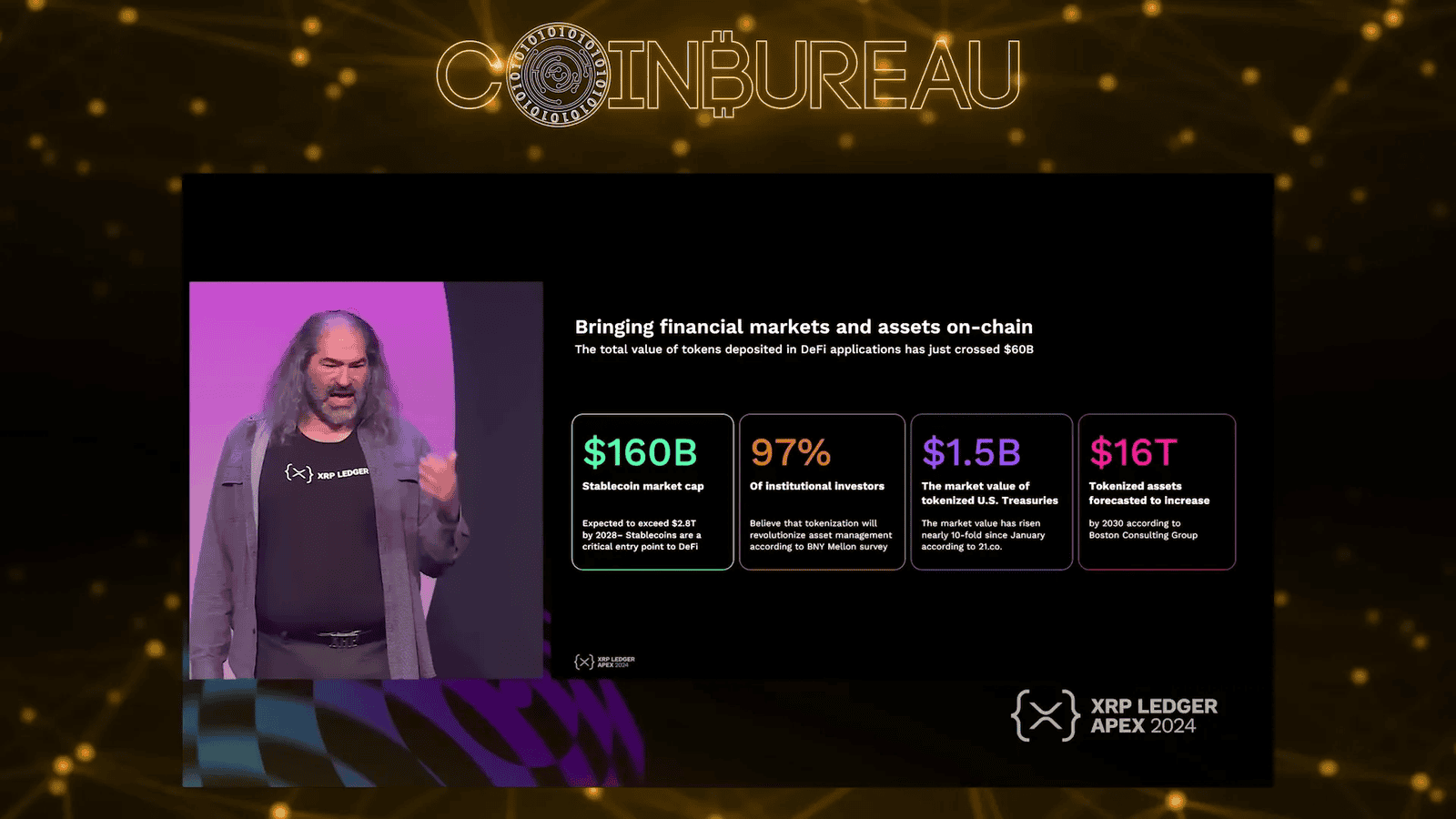
Key Features of the EVM Sidechain
- Interoperability: The EVM sidechain will facilitate cross-chain functionality, allowing users to move assets between different blockchain networks.
- Enhanced Programmability: Developers can build a variety of decentralized applications, expanding the use cases for XRP.
- Liquidity Access: The sidechain is expected to attract liquidity from various sources, enhancing the market dynamics of XRP.
This development aligns with XRP’s broader strategy to transition from a primarily institutional focus to a more retail-oriented approach. As the landscape of decentralized finance continues to grow, XRP’s adaptability will be crucial.
Challenges Ahead for XRP
Despite its potential, XRP faces several challenges that could impede its growth. The evolving regulatory landscape remains a significant hurdle. While the SEC’s recent rulings have provided some clarity, ongoing appeals could create uncertainty in the market.
Additionally, XRP’s price is still heavily influenced by Ripple’s actions. As Ripple continues to sell portions of its XRP holdings, this can lead to fluctuations in price, which may discourage new investors.
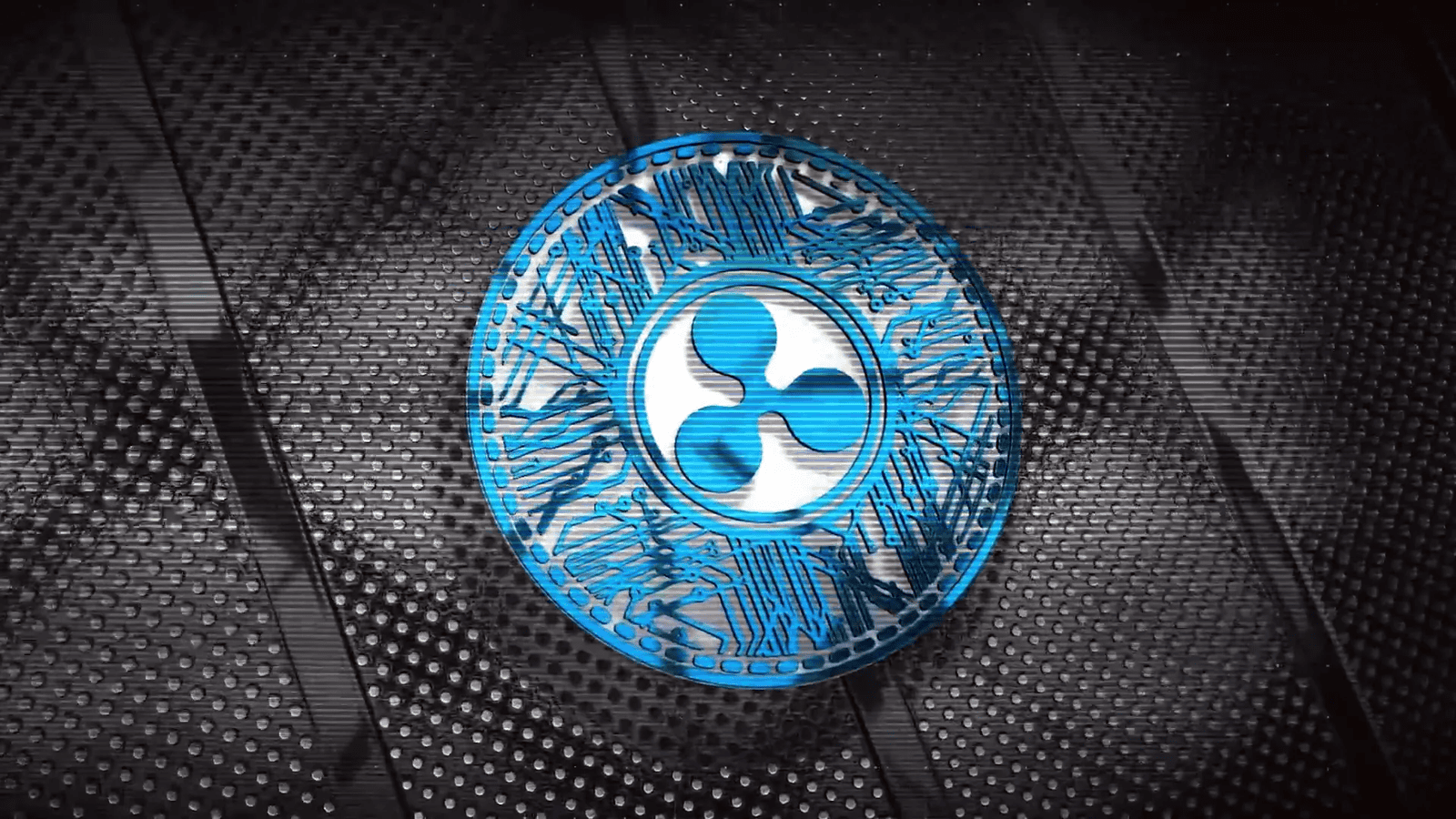
Regulatory Landscape
The regulatory environment for cryptocurrencies is in constant flux. XRP’s classification as a non-security is a positive development, but ongoing scrutiny from regulatory bodies could affect investor confidence. It is essential for Ripple to maintain transparency and compliance to navigate these challenges effectively.
Market Competition
XRP is not alone in the race for dominance in the cryptocurrency market. With the rise of numerous smart contract platforms, competition is fierce. Other cryptocurrencies have established themselves as leaders in the DeFi space, making it crucial for XRP to differentiate itself.
XRP’s Market Dynamics
XRP’s market dynamics are influenced by various factors, including investor sentiment, market trends, and broader economic conditions. The cryptocurrency market is notoriously volatile, and XRP is no exception.
As XRP continues to develop its ecosystem, its price will likely reflect the success of its initiatives. The introduction of the EVM-compatible sidechain and new DeFi functionalities could attract more investors, but this will depend on effective execution and market conditions.
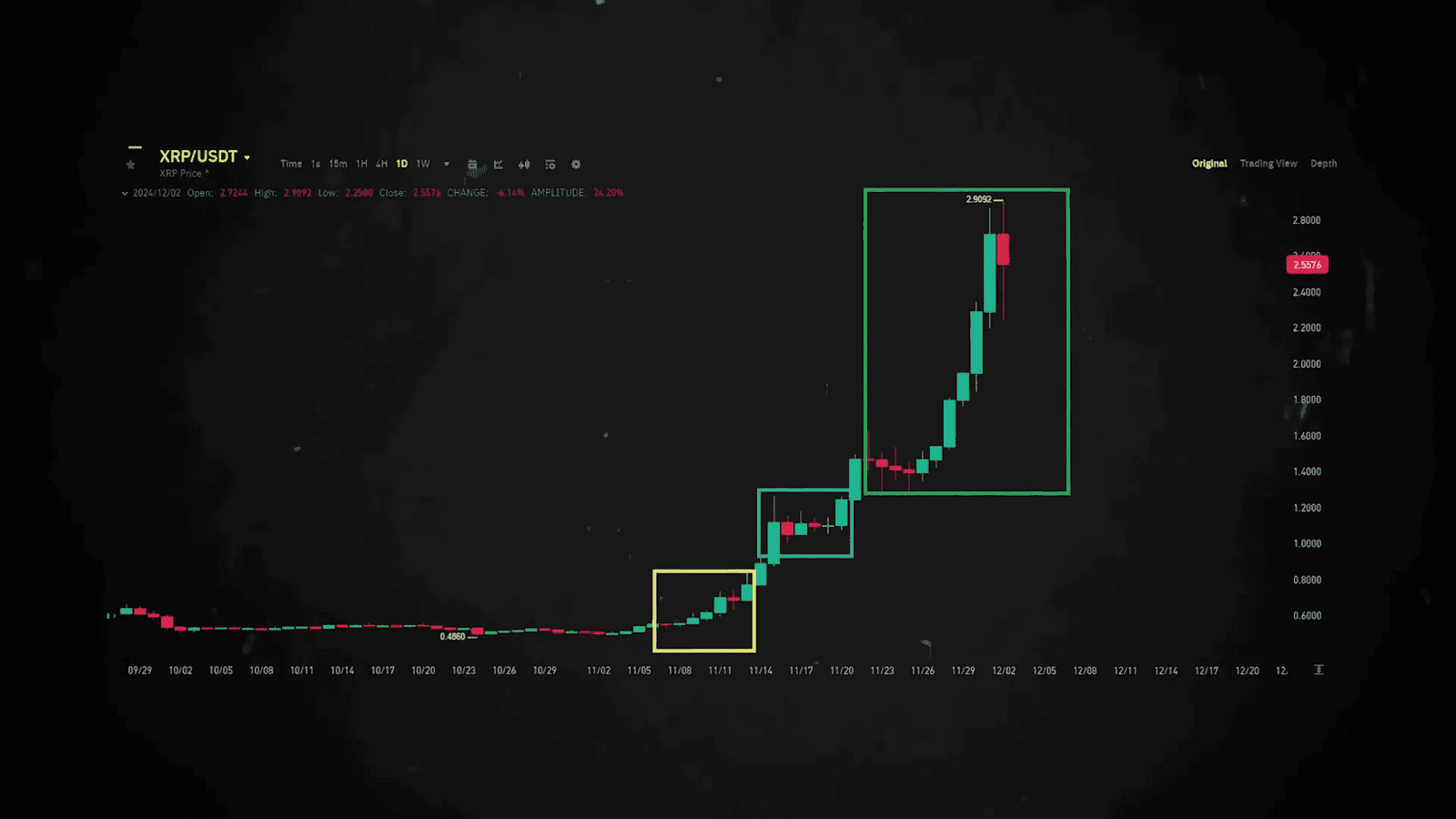
Investor Sentiment
- Community Support: XRP boasts a dedicated community that actively promotes its use and adoption, which can drive demand.
- Market Trends: Broader trends in the cryptocurrency market, such as the rise of DeFi and NFTs, will influence XRP’s performance.
- Institutional Interest: Continued interest from institutional investors can provide stability and growth potential for XRP.
The Importance of Decentralization
Decentralization is a core principle of cryptocurrency, and XRP’s journey raises questions about how decentralized it truly is. XRP’s consensus mechanism, while efficient, relies on a limited number of validators, which some critics argue undermines the decentralized ethos of blockchain technology.
As XRP moves towards more retail-oriented applications, enhancing its decentralization could be vital. A more decentralized network could attract users who prioritize autonomy and security in their digital assets.

Strategies for Enhancing Decentralization
- Increasing Validator Nodes: Encouraging more independent validators could enhance the network’s decentralization.
- Community Governance: Implementing governance mechanisms that allow community input could foster a sense of ownership and engagement.
- Transparency Measures: Increasing transparency around validation processes can build trust within the community.
XRP’s Role as a Bridge Currency
XRP’s original design as a bridge currency remains one of its most compelling use cases. By facilitating instant cross-border transactions, XRP can serve as a valuable tool for financial institutions looking to streamline their operations.
The potential for XRP to become a standard for transferring value globally hinges on its ability to establish partnerships with banks and financial institutions. As the demand for efficient payment solutions grows, XRP’s utility as a bridge currency could play a crucial role in its adoption.

Use Cases for XRP as a Bridge Currency
- Remittances: XRP can facilitate quicker and cheaper remittance services, benefiting individuals and businesses alike.
- Institutional Transfers: Financial institutions can utilize XRP for seamless currency exchanges and international transactions.
- Global Trade: XRP’s ability to transfer value quickly can enhance the efficiency of global trade operations.
In conclusion, XRP’s evolution and future developments present both opportunities and challenges. Its ability to navigate the complex landscape of cryptocurrency will determine its success as a leading digital asset.
XRP and the Rise of DeFi
The landscape of finance is undergoing a transformation, and decentralized finance (DeFi) is at the forefront of this change. XRP, with its unique attributes, is poised to play a significant role in this burgeoning sector. As XRP evolves, it is increasingly being integrated into DeFi applications, making it a vital player in the future of finance.
DeFi leverages blockchain technology to recreate traditional financial systems in a decentralized manner. This includes lending, borrowing, trading, and earning interest on cryptocurrency holdings without the need for intermediaries. XRP’s speed and efficiency make it an attractive option for DeFi protocols, allowing for rapid transactions and lower fees.

Key Developments in XRP’s DeFi Ecosystem
- Integration with DeFi Protocols: XRP is being integrated into various DeFi platforms, allowing users to utilize it for lending and borrowing.
- Liquidity Provisioning: Users can provide liquidity to decentralized exchanges using XRP, earning rewards in the process.
- Collateral for Loans: XRP’s stability and market cap make it a solid option for collateral in DeFi lending protocols.
As the DeFi space continues to grow, XRP’s role as a stable and efficient asset will likely increase, providing users with more opportunities to engage in decentralized finance.
XRP’s Price Predictions
Market analysts and enthusiasts alike are speculating on the future price trajectory of XRP. Given the recent developments and the overall bullish sentiment in the cryptocurrency market, there are several price predictions for XRP in the coming months and years.
Many believe that XRP could see significant gains, particularly with the anticipated launch of the EVM-compatible sidechain and the growing adoption of DeFi applications. If XRP can successfully establish itself as a leading asset in the DeFi space, its price could reflect this enhanced utility.
Factors Influencing XRP’s Price
- Market Sentiment: Positive news and developments surrounding XRP can lead to increased investor confidence and price appreciation.
- Regulatory Clarity: As the regulatory landscape becomes clearer, particularly regarding XRP’s status, it can significantly impact its price.
- Adoption in DeFi: The more XRP is utilized in decentralized finance, the more its price may increase due to increased demand.
Some analysts predict that XRP could reach between $5 and $7 by the end of 2025, contingent on the successful rollout of its DeFi capabilities and broader market trends. However, as with any cryptocurrency, volatility remains a significant factor, and investors should proceed with caution.
Conclusion: Is XRP the Next Reserve Currency?
The question of whether XRP can become the next reserve currency remains a topic of debate. While it has the potential to serve as a bridge currency for international transactions, its journey is fraught with challenges and competition.
XRP’s ongoing evolution, particularly its pivot towards retail and DeFi, positions it uniquely in the cryptocurrency landscape. If it can effectively capture market share and enhance its utility, it may very well become a leading asset in the financial ecosystem.
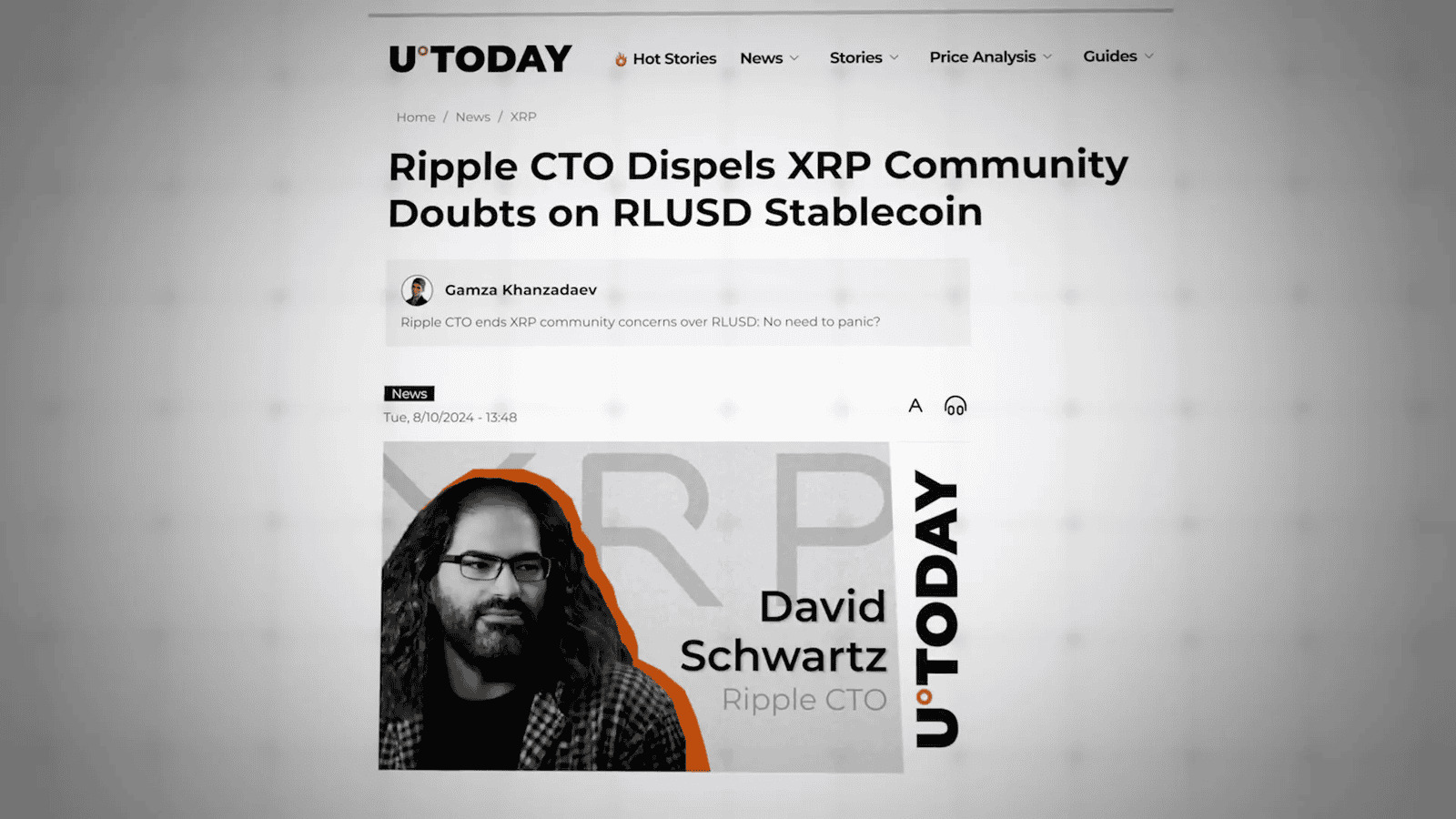
Future Outlook
As more individuals and institutions recognize the benefits of XRP, its adoption could increase dramatically. However, it will require continuous innovation and a clear strategy from Ripple and the XRP community to navigate the complexities of the market.
Ultimately, XRP’s future as a reserve currency will depend on its ability to adapt and thrive in an ever-changing financial landscape.
FAQ: Common Questions About XRP
What is XRP?
XRP is a digital asset designed for fast and cost-effective cross-border transactions. It operates on the XRP Ledger, which uses a unique consensus mechanism to process transactions quickly.
How does XRP differ from Bitcoin?
Unlike Bitcoin, which is primarily a store of value, XRP is focused on facilitating transactions between financial institutions. It aims to provide liquidity and speed in cross-border payments.
Is XRP a good investment?
As with any investment, it depends on individual risk tolerance and market conditions. XRP has shown potential for growth, especially with its integration into DeFi, but it is subject to volatility and regulatory scrutiny.
How can I buy XRP?
XRP can be purchased on various cryptocurrency exchanges. Users can buy XRP with fiat currency or other cryptocurrencies, depending on the exchange’s offerings.
What are the risks associated with XRP?
Risks include regulatory uncertainties, market volatility, and competition from other cryptocurrencies. Investors should conduct thorough research and consider their risk appetite before investing.








